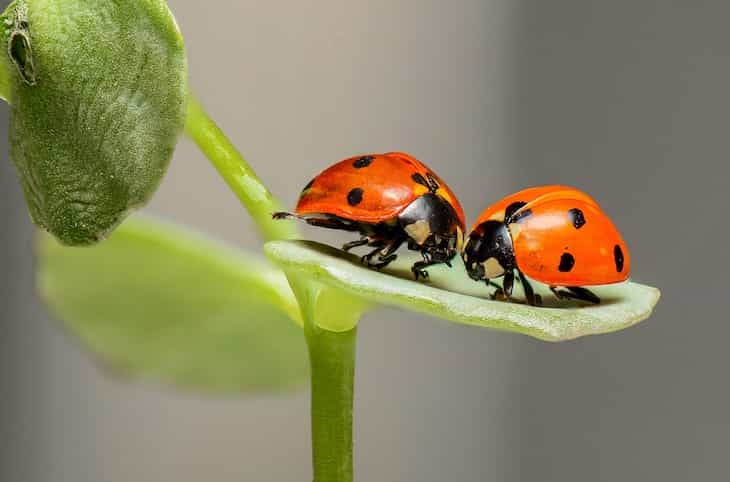A recent study found that the decrease in insects is mainly happening to the species that are found in larger numbers locally.
The study showed two important things. First, the species that used to be the most abundant are decreasing more than others.
Second, there aren't any other species that have increased in numbers to make up for the decline.

How it was discovered
The study looked at insects that live on land, such as beetles, moths, and grasshoppers.
It discovered that the decline in the number of species that used to be common is the main reason for the decrease in local insect populations.
These findings go against the idea that changes in the variety of insects are only caused by rare species disappearing.
The study aligns with previous concerns about insect loss, as researchers have observed significant declines in insect populations worldwide.
However, there is limited knowledge about the general trends among locally rare and abundant species over long periods.
The researchers aimed to address this gap by examining past studies and compiling a database on insect communities.
The researchers found that the species that were very common at the start of the study showed the highest decrease, about 8% each year, while rarer species had a smaller decline.
The increase in other species couldn't make up for the loss of the dominant ones.
This is important because abundant species play a vital role in food chains and how ecosystems work.
The study also showed that species that were less common or rare also experienced losses, which adds to the decline in the overall number of species in a particular area.
Some rare species are going locally extinct, while new arrivals occasionally establish themselves and become abundant.
Why it's important
The researchers believe these declines may represent a best-case scenario, as the study focused on relatively intact areas rather than heavily human-dominated landscapes.
Previously, we talked about ants using antibiotics.












